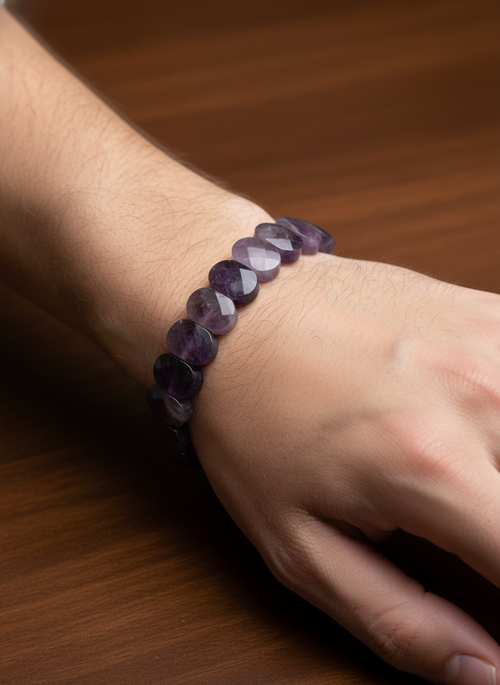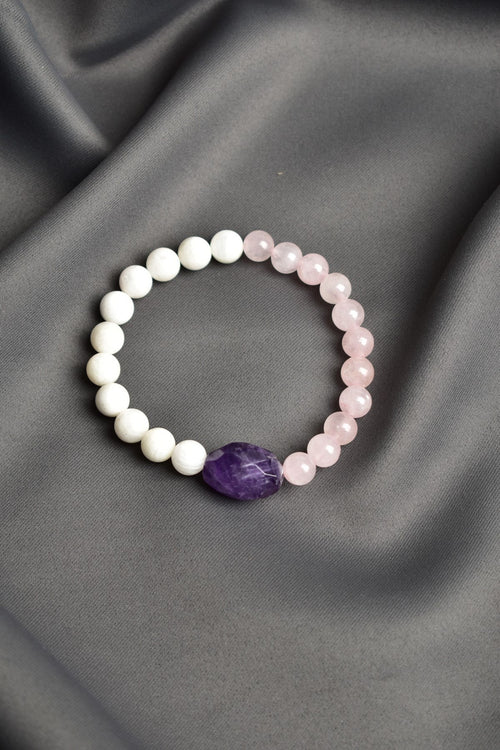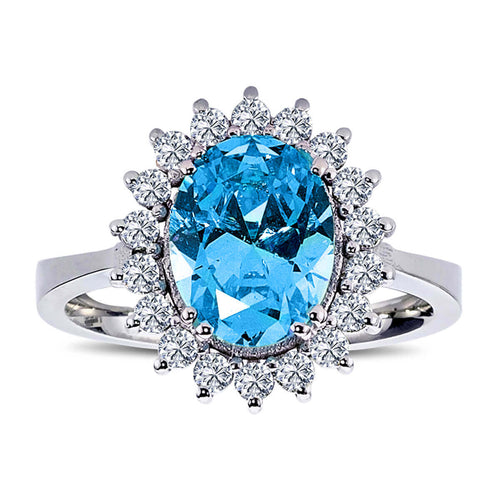ALL PRODUCTS IGSL INTERNATIONAL CERTIFIED
Lapis lazuli is a stone that has been given great value and meaning by various cultures throughout history. This stone, which draws attention with its vibrant blue color and golden pyrite veining, has played an important role in different civilizations, both aesthetically and symbolically. Here are some important cultures where lapis lazuli stone was used:
1. Ancient Egypt
Use:
- Jewelry and Ornaments: In ancient Egypt, lapis lazuli was frequently used in jewelry and ornaments, especially made for the pharaohs and nobles.
- Mummies and Cemeteries: Lapis lazuli was used as grave goods and was an important part of the decoration of mummies. For example, lapis lazuli was used in Tutankhamun's death mask.
- Mystical and Religious Purposes: The stone is considered a symbol of the gods and has been used in spells, talismans and religious objects. Sources:
- Ancient Egypt Online
- Smithsonian Magazine
2. Mesopotamia
Use:
- Seals and Jewelry: In Mesopotamia, lapis lazuli was used in seals, cylinder seals and jewelry.
- Royal and Ceremonial Items: Stone was an important decorative element in royal palaces and religious ceremonies. Sources:
- Ancient History Encyclopedia
- Metropolitan Museum of Art
3. Ancient Greece and Rome
Use:
- Jewelry: In both Ancient Greece and Rome, lapis lazuli was used in jewelry as a precious stone.
- Pigment: Additionally, ultramarine pigment was obtained by crushing lapis lazuli stone and used in works of art. Sources:
- Khan Academy
- Artsy
4. Medieval Europe
Use:
- Art and Manuscripts: During the Middle Ages, lapis lazuli was crushed and used in manuscripts and religious art to produce the pigment ultramarine. This pigment was one of the most valuable and expensive pigments of the period.
- Decorative Objects: Noble families and church officials used lapis lazuli in decorative objects and jewelry. Sources:
- British Museum
- Victoria and Albert Museum
Conclusion
Lapis lazuli has been used as a valuable and meaningful stone in different cultures throughout history. It has held an important place in religious and royal objects in ancient Egypt, in seals and jewelry in Mesopotamia, as a gem and pigment in ancient Greece and Rome, and in art and manuscripts in medieval Europe. This stone has played important roles in different civilizations with both its aesthetic beauty and symbolic meanings.



























